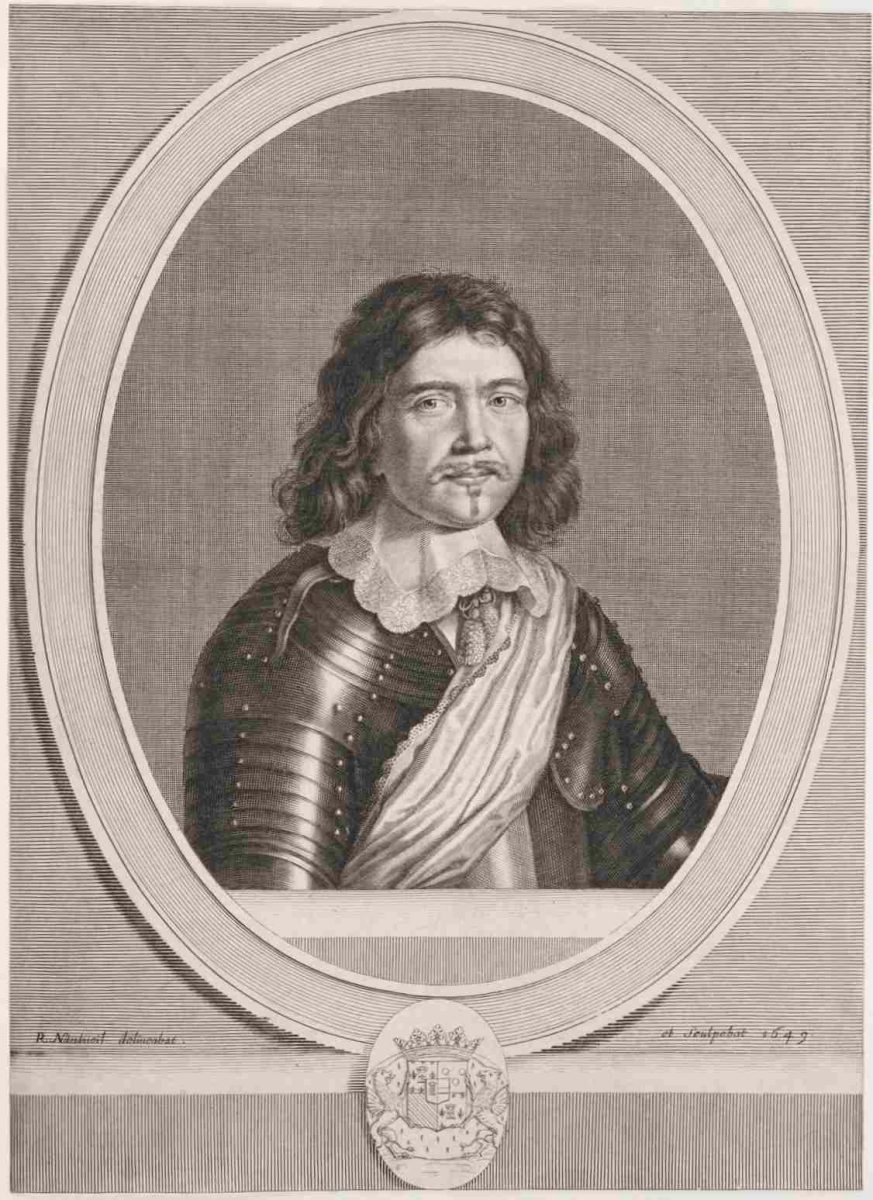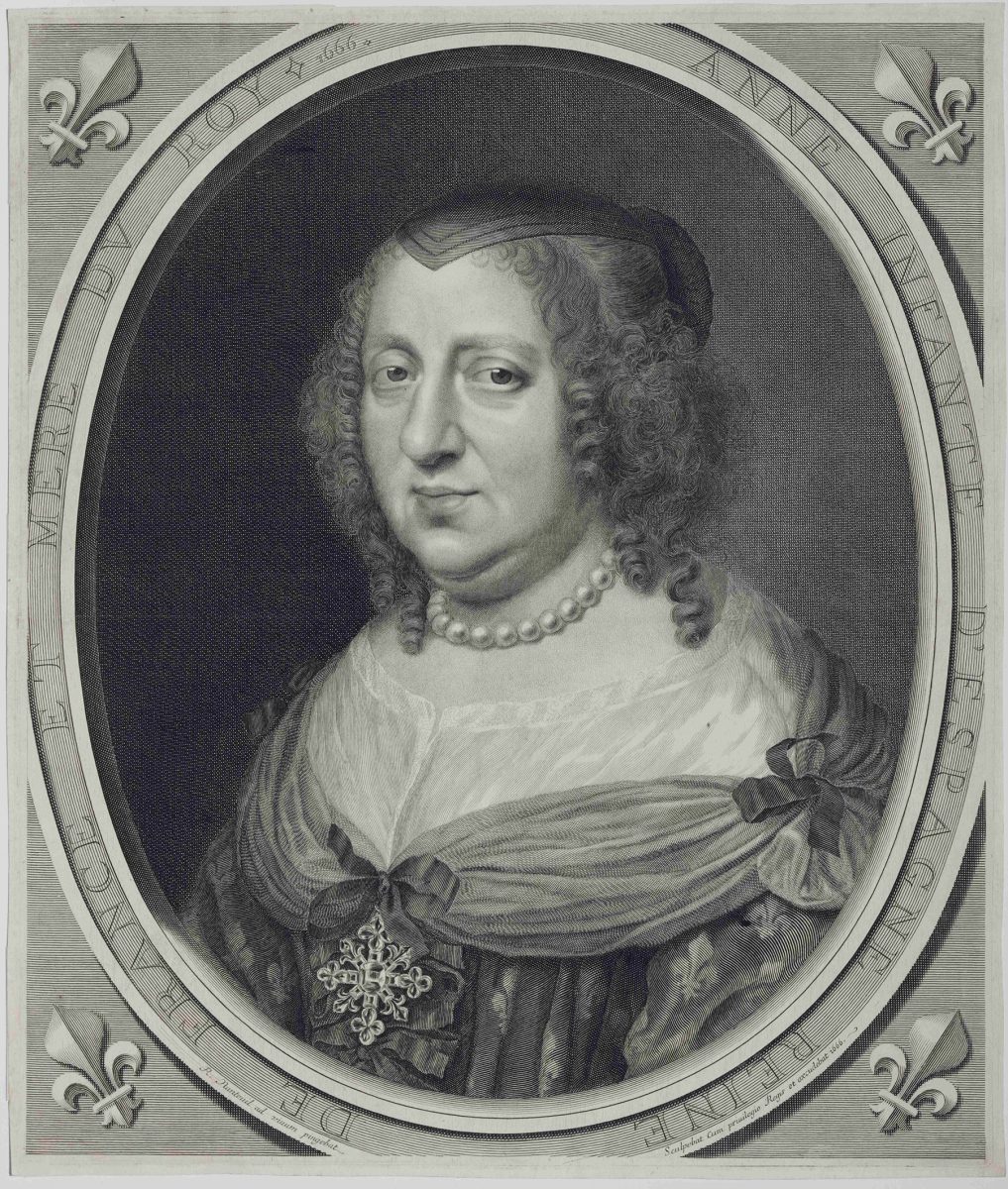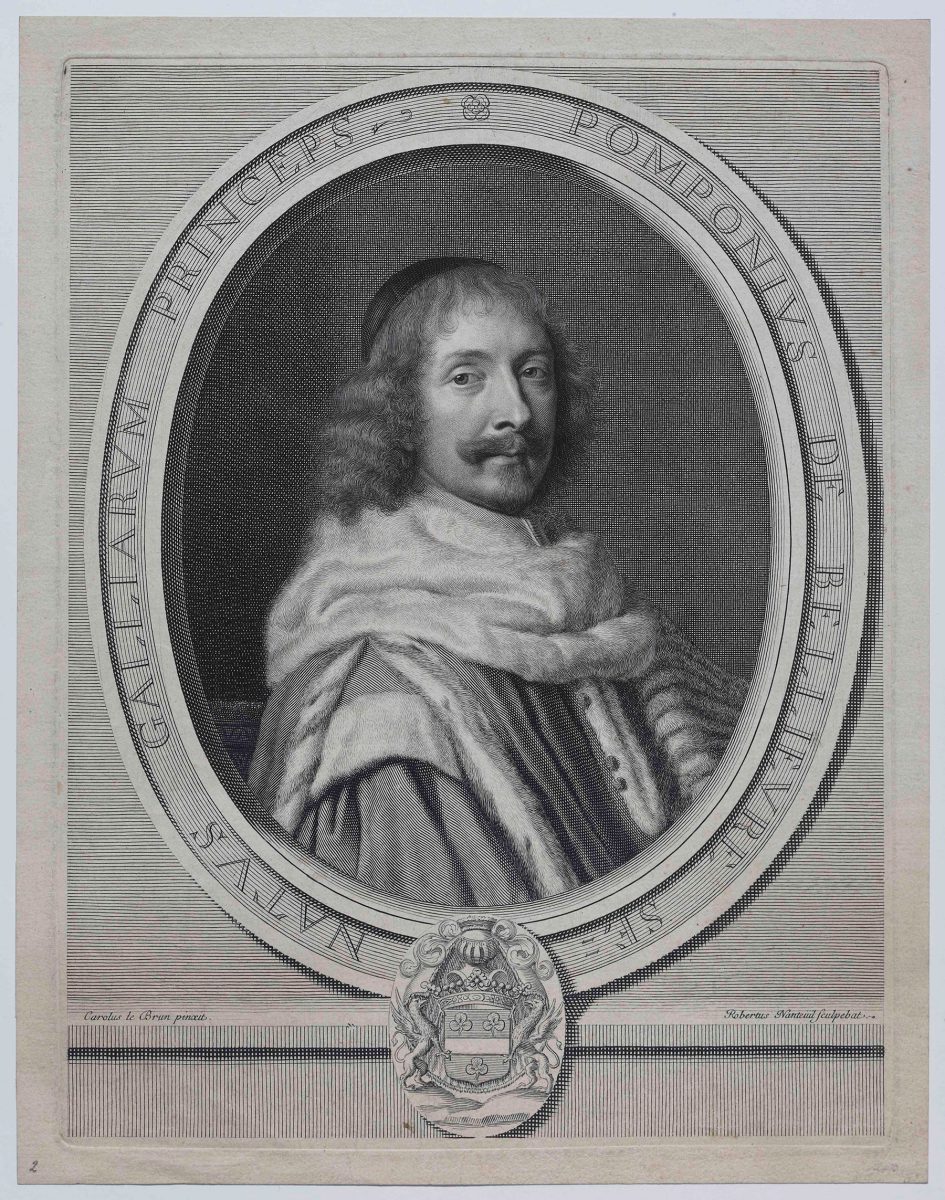The portraitist Robert Nanteuil occupies a significant place in the collection of the Fondation William Cuendet & Atelier de Saint-Prex. Nanteuil was a true master of the burin, stretching the technical range of his medium and making psychologically potent representations of his sitters. As such, he long fascinated the artists of the Atelier de Saint-Prex, starting with their master, Albert-Edgard Yersin, who carefully studied his engraved portraits, analysing their secrets. Nanteuil’s plates, whose virtuosity is matched only by their clarity and nuance, were also a source of great enthusiasm and joy among the collectors who were close to the Atelier. Jacques and Isabelle Treyvaud, for example, acquired more than 140 prints by Nanteuil during their lifetime, and they later donated them to the Foundation. Similarly, Gérard de Palézieux facilitated the acquisition of an almost complete collection of Nanteuil’s engravings from the heirs of the collector Henri Rossier, a doctor who lived in Vevey in the nineteenth century. Indeed, almost every artist who has worked in the Atelier has at some point acquired one or more of Nanteuil’s engraved portraits.
Generally considered to be one of the greatest portraitists of his time, Robert Nanteuil was an important participant in the revival of French printmaking during the Grand Siècle. While completing a classical education at the Jesuit college in Reims, he produced his first engravings, which were inspired by those of Jacques Callot and Claude Mellan. Nanteuil then developed his drawing and engraving in the workshop of Nicolas Regnesson, a Reims engraver who had been trained in Paris. In 1646 Nanteuil moved to Paris, where he made two decisive encounters: first, with the painter Philippe de Champaigne, who taught him principles of portraiture; and, second, with the engraver Abraham Bosse, who taught him the art of intaglio. Nanteuil’s progress was rapid, and his small portraits, which were generally commissioned as book illustrations, soon became highly prized. A well-read man with a pleasant and sociable demeanor, Nanteuil was sought out in scholarly circles and at the highest levels of government. In 1658, he was appointed ordinary engraver to the king. Three years later, he was asked to produce his first life portrait of Louis XIV, followed by several others. His destiny was indeed closely linked to that of the king, as it was on his way back from a final posing session at Versailles that he fell ill, before dying in Paris on December 9, 1678.




